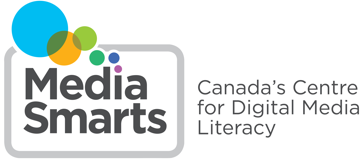What parents need to know about YouTube
YouTube is a window into a world of wonder. There is so much great material to be found there, whether it’s for education, entertainment, or inspiration. But there’s also a lot of inappropriate stuff in amongst the cat videos and Kid President. Question is, how do we, as parents, help our kids safely navigate YouTube?




